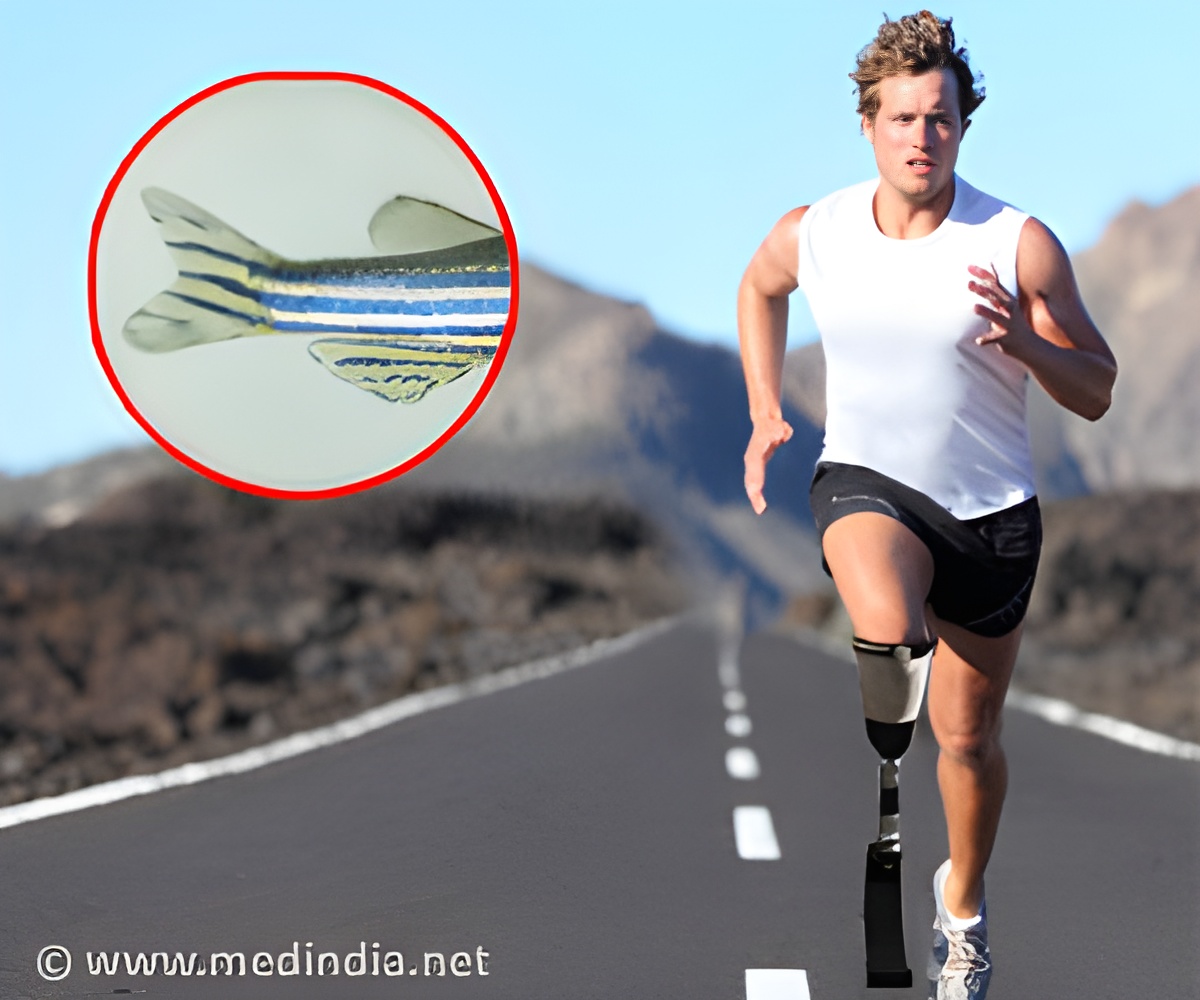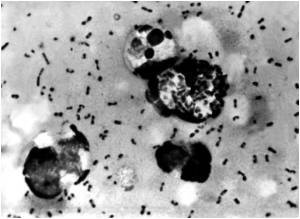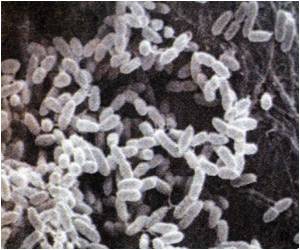Recent discovery sheds new light into the development of hands and feet in humans. Gene called Hoxd13 plays a role.

The study reported in the December issue of Developmental Cell and the Cell Press Journal have provided new evidences of how the development of hands and feet in humans may have occurred due to gain of some new DNA elements that activate particular genes.
Dr. José Luis Gómez-Skarmeta of the CSIC-Universidad Pablo de Olavide-Junta de Andalucía and his colleagues introduced a gene called Hoxd13, at the tip of the zebrafish embryo’s fin. This gene is thought to play a role in distinguishing body parts.
Introduction of this gene led to a startling discovery-it showed significant reduction of fin tissue and development of cartilage tissue in the baby zebrafish. Moreover, the Hoxd13 control element, responsible for expression of that gene, was also found to be present in zebrafish. This remnant of the control element hints that last common ancestor of finned animals may also have possessed this control element that may have led to the development of limbs in the next generation of the species.
This discovery will not just put an end to all the controversy about the evolution of man, but also help us gain some helpful insight about different limb malformation diseases that occur in humans like synpolydactyly (fusion of digits) and hand-foot genital syndrome (limb malformations and urogenital defects).
Source-Medindia













